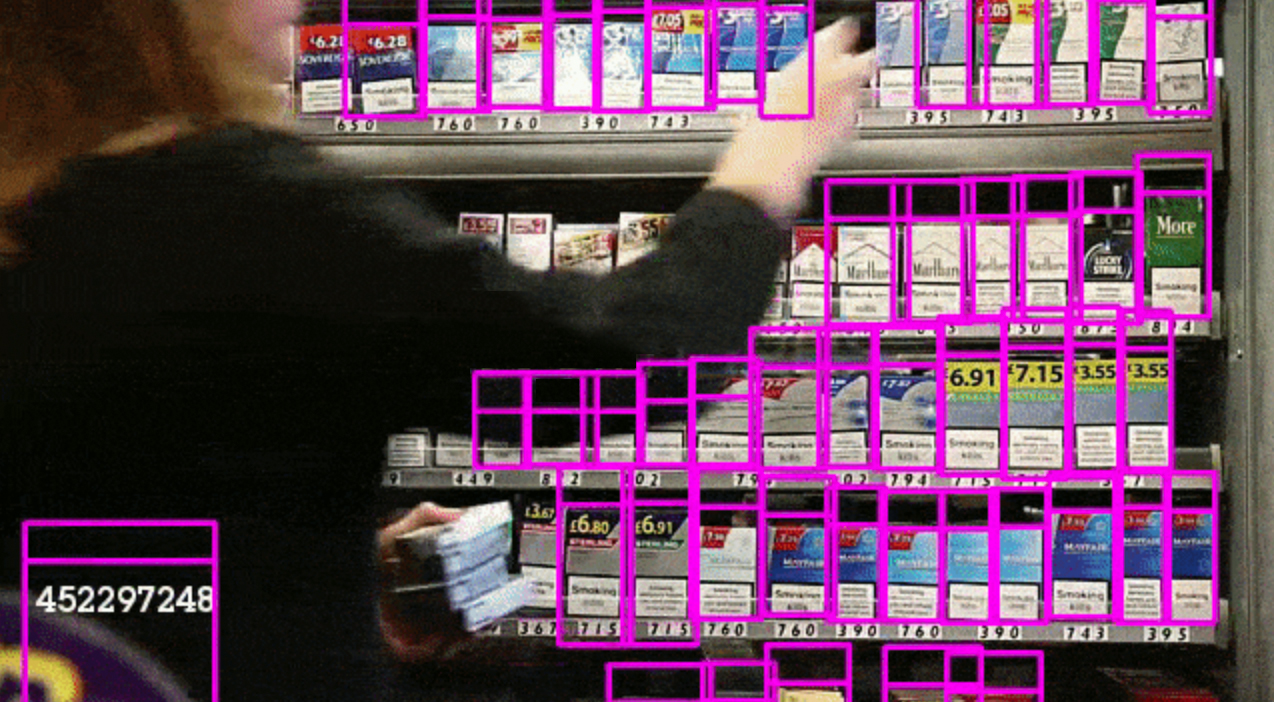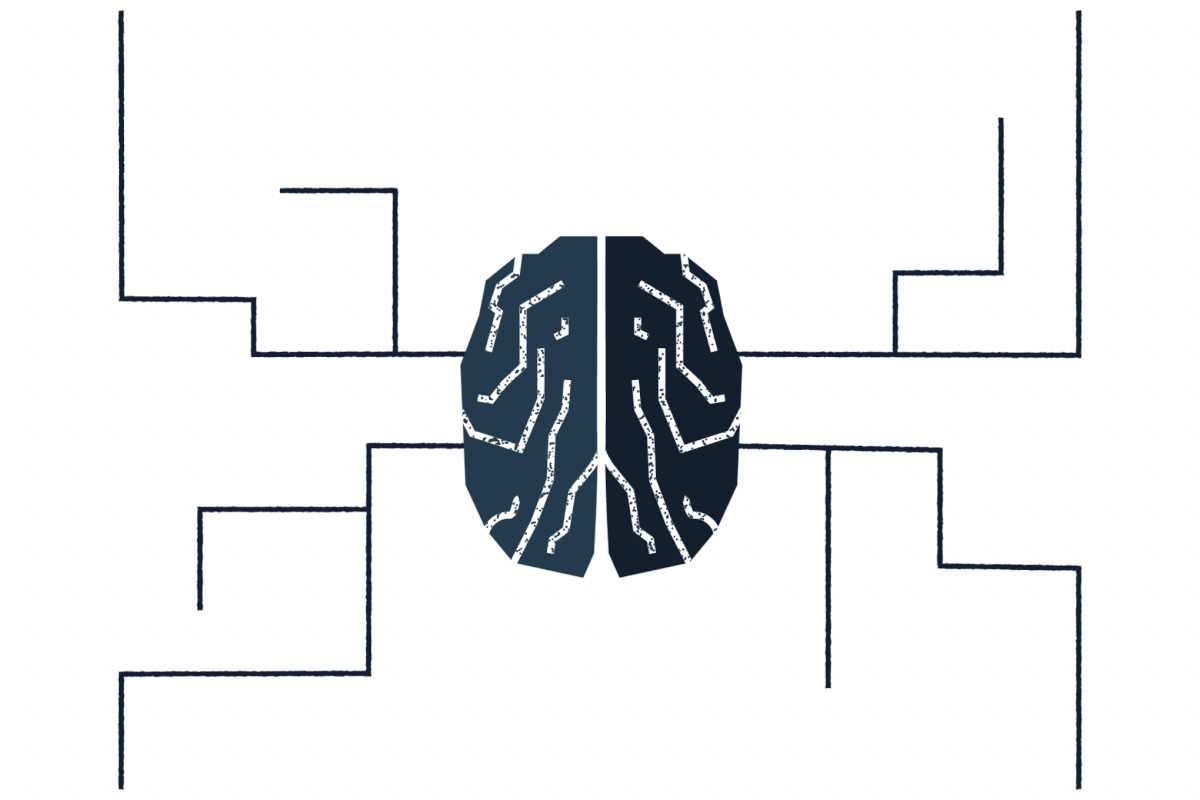Marketers who want to optimise their content and understand their audiences are watching the evolution of large-scale image analysis intently. The potential value of having unsolicited access to the spontaneous lives of consumers is clear, the how is less so.
At the risk of stating the obvious, images are of fundamental importance to marketers in this highly visual world. Much of what people post on their sites is their most aspirational selves- the people they want to be and the moments that want to have and be seen having. All of this presents a unique opportunity for creatives to be part of a specific conversation that their consumers are already having -a window into how to sell people the right stuff, in the right kind of way.
The problem, however, is the images themselves- there are just too many of them, updating in a constantly refreshing cycle. Take all the data and images that are stored within image-friendly platforms like Twitter and Instagram. There are more than 3 billion images shared on these social media sites every single day. The work required to find insights at this unprecedented scale, sifting through millions of images, image captions and videos- is stretching human capacity and taking precious time away from the creative process.
This scale of content means that creative departments now have a tough balancing act on their hands, trying to marry the creative side of the process– forming powerful narratives– with the infinitely less sexy tech side of data analytics. The two areas do not always sit well together. According to Dotted’s 2018 Marketing Survey, almost three-quarters- that’s 72%- of marketers feel that a culture of data collection and analysis is killing their creativity. Many blamed inefficient and costly data-collection processes.

AI solutions like Jaggu are here to help. Machine Learning technology cantake the mundane out of marketing -helping them gain insights into their audiences quickly, at scale and in real time. These insights become an invaluable tool for understanding how brands’ (or their competitors’) products are being interpreted by consumers- the language used, the visual associations being made, the locations chosen, the timings of posts and the emotions that underpin them. Jaggu technology can also help brands find out who their consumers actually are, how they feel, what they care about, and how they are relating to and influencing one another. It can even help marketers predict how their consumers might react to future situations.
Suddenly creatives have the key to understanding how to market to their specific audiences in the right way, bridging the gap between what their brand needs to say and what their consumers actually want to hear.
Take for example our recent collaboration with a global skincare brand. They wanted to find information that would help them sell millennials skincare products. In just a few days, we were able to hand them data analysis that confirmed that over half of teens are influenced by ethics when buying a brand. Our technology also deduced that young people associate skincare with products that prep their faces for make-up — social-media-friendly masks that get them glow-y enough for the next selfie. By making these marketing insights immediate for the brand, this data suddenly became the inspiration for and not confirmation of their marketing strategy- propelling their creative designs in the right direction from the outset and saving them valuable time.

As you can see our AI technology is in no way a replacement for creative marketers, it remains a creative’s job to turn this information into meaningful creative strategy. With our help, it will no longer feel impossible to look at endless images but instead it will feel like a lucrative opportunity to better connect with consumers.
If marketers invest in an automated analyst they’ll be one giant leap ahead of their competitors.







